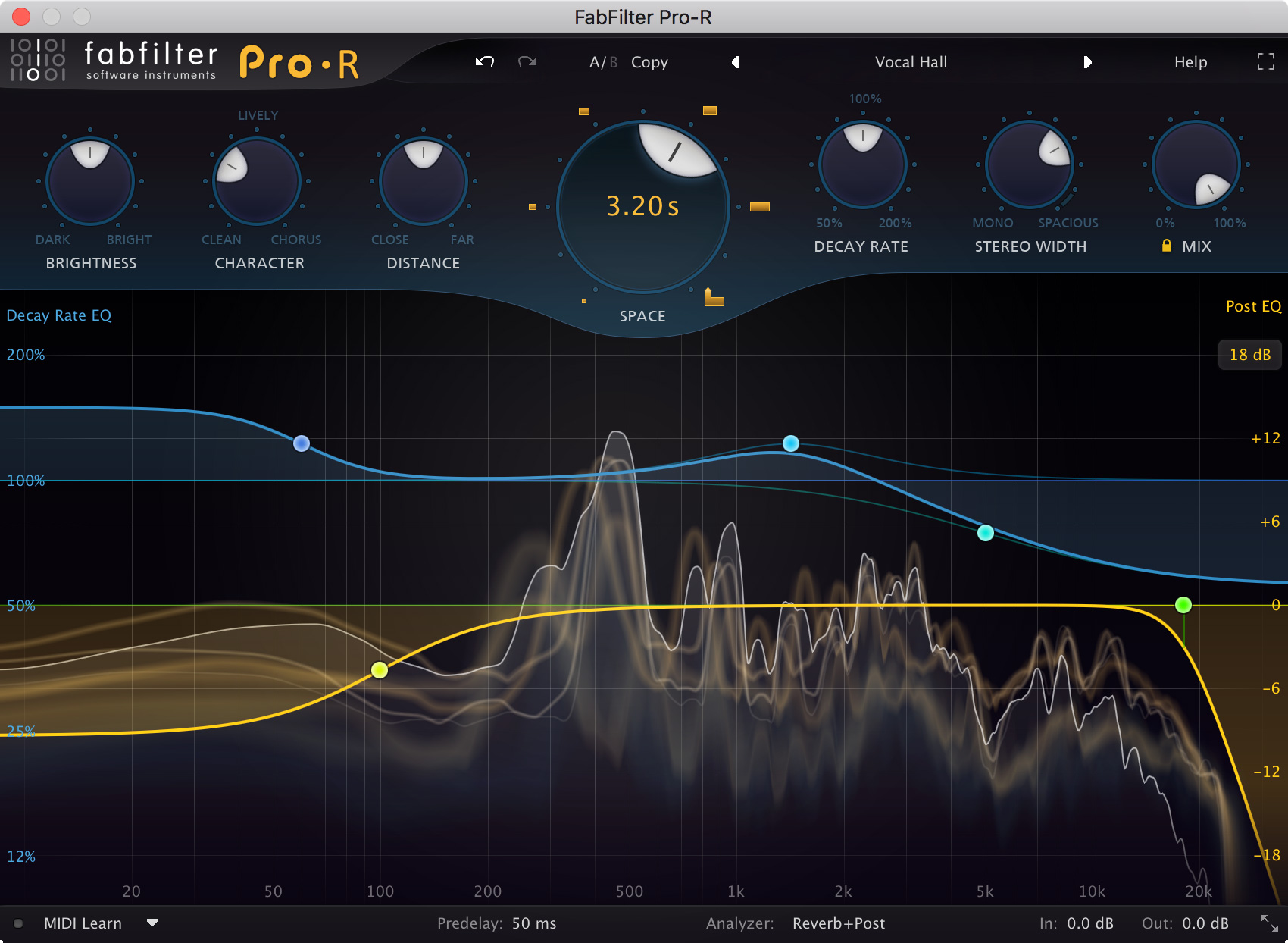
But my experience with these impulses is that they are very usable and just seem to blend effortlessly in the mix while providing heaps of depth and dimension.

Of course, you still have to find the right presets. You know sometimes you like a particular reverb sound but it doesn’t seem to sit well in the mix? With the M7 that doesn’t happen as often. These sounds work well on many kinds of material. These are traditional reverb sounds that sound very smooth and realistic to me. This collection of free impulse responses by Samplicity includes 136 presets from the M7. And that’s without the remote which costs another couple of grands. The price of the basic unit is around 4000 EUR (4500 USD). It has been called “the future of reverberation”. The Bricasti M7 is a revered modern unit that offers fine classic reverb sounds. If you need one though, check out the free Convology XT plugin. Many DAWs these days come with some kind of convolution reverb plugin. However, convolution can sound pretty damn good when done right. The quality of the outcome very much depends on the execution. It’s good to understand that convolution is still only a reproduction of the real thing. This preserves the integrity of the source. But in my experience, with convolution reverbs it’s best to look for an impulse that works as it is, with minimal to no editing. Editing tends to destroy the integrity of these fragile impulses. But it’s usually a good idea to keep the edits small. Most convolution reverb plugins have some editing capabilities.
A convolution reverb doesn’t allow the extent of programming you get with normal algorithmic reverbs.

What’s the catch? Flexibility.Ĭonvolution technique is somewhat rigid as it is based on recorded samples of the original source. With convolution, you can get the sound of some super expensive hardware units inside your computer for free. Convolution technique can be applied to just about to anything from reverbs to EQ’s, compressors and preamps. It applies those properties onto any sound you are feeding into the plugin. A convolution reverb plugin uses this impulse file to determine the properties of the reverb. An impulse file is a short burst of audio recorded in a real space or through a hardware reverb unit. What is a convolution reverb?Ĭonvolution technology can be used to capture ambiances and then reproduce them on the computer. If you’re already familiar with the topic, feel free to skip the intro. First, I’ll give you a quick introduction to convolution reverbs. Here’s a little resource with some great free reverb impulses to explore. It can be sometimes hard to find good free impulse responses.


 0 kommentar(er)
0 kommentar(er)
